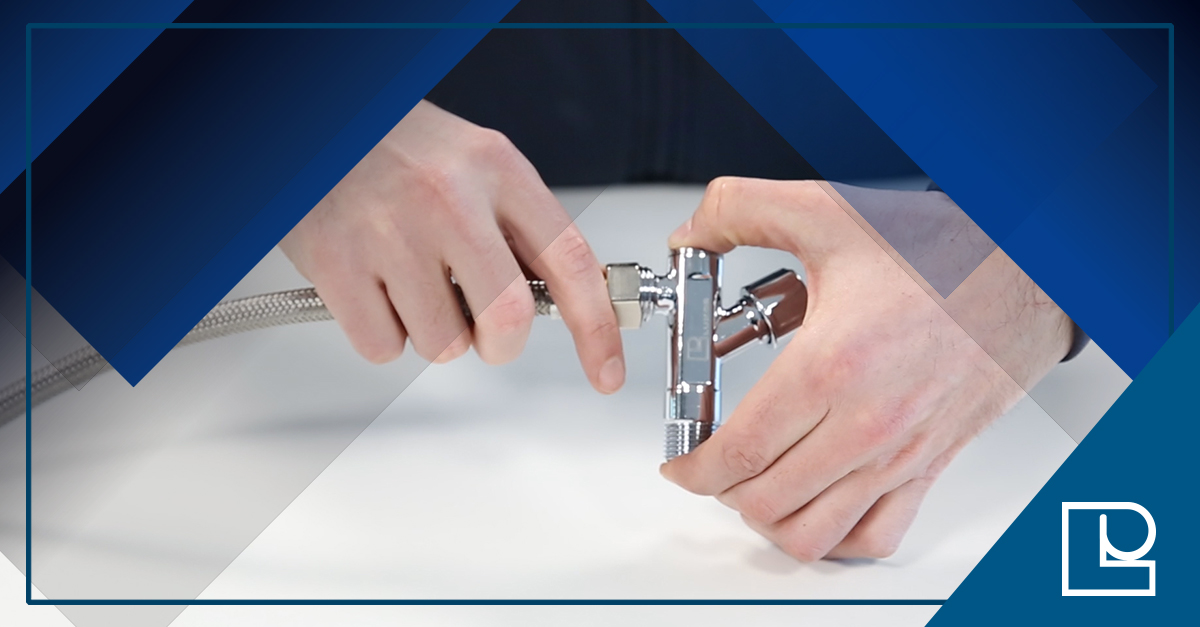Connecting hoses to angle valves is an essential step in the installation and maintenance of plumbing systems.
Although it may seem a simple procedure, following a few basic rules is essential to ensure a safe and long-lasting installation.
Preparing the fitting and hose
Preparation of the components is essential for correct installation. Here are the key steps:
- Check compatibility: Make sure the threads of the fitting and hose are compatible and the correct size.
- Clean surfaces: Thoroughly clean threads and mating surfaces prior to installation to remove debris that could compromise the seal.
- Check seals: Check that seals are present, in good condition and correctly positioned.
How to align threads
A common mistake when connecting hoses is misalignment of the threads, which can cause damage to the fitting or the hose itself.
To avoid this, follow these steps:
- Start by screwing on the hose by hand, without using tools that could apply excessive force.
- Make sure the fitting is perfectly perpendicular to the hose.
- Proceed carefully and check that the thread fits without resistance.
When manual tightening is complete, use a wrench to lock the fitting using moderate force. It is important not to overtighten to avoid compromising the seal or damaging the fitting.
The importance of the gasket
When using standard fittings, the seal is provided by the gasket, so there is no need to use additional materials such as hemp or Teflon.
These products, if used improperly, can compromise the seal and cause leaks. Always check that the seal is correctly positioned and shows no signs of deterioration.
Connctions with compression or compression fittings
In the case of compression or clamp fittings, it is essential that the cartridge is installed correctly.
The cartridge must be installed in the correct direction to ensure tightness.
Check that the cartridge is not installed upside down and follow the tightening instructions. Incorrect installation can cause leaks and reduce system efficiency.
Post installation test
Once the connection is complete, it is important to carry out a test to ensure that there are no leaks.
Open the water gradually and visually check each joint.
If there are any leaks, identify and rectify the cause immediately and repeat the test until a satisfactory result is obtained.
Periodic maintenance
To ensure the longevity of the system, it is very important to carry out regular checks.
Check the condition of hoses, seals and fittings regularly and replace worn or damaged components immediately.
By following these simple but basic guidelines, you will be able to connect hoses correctly and avoid problems with leaks or malfunctions.
Luxor hoses, with their excellent hygienic and mechanical properties, are the perfect solution for plumbers and installers looking for safe, durable and easy-to-install components for their work.



